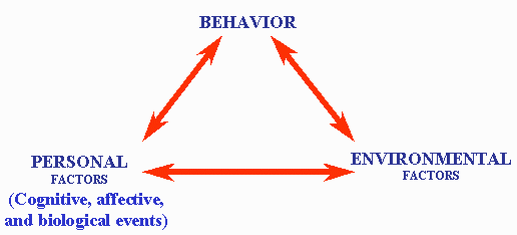Restaurants are nice social interaction places where customers frequent to be served with meals. In addition to eating, customers get an opportunity to meet and talk to family members, coworkers, relatives, and friends. The social aspect that a restaurant setting creates makes it one of the most interesting places to undertake social behavior observation. Ashford and LeCroy point out that social behavior in such a setting forms the best mechanism of understanding and explaining what prompts individuals’ feelings, thoughts, and behaviors in society (317).
My observation
My social observation took place on Friday, October 4, 2013, at 11:00 am inside the Texas Roadhouse buffet. It is one of the restaurants located on the busy streets of Schnucks. The main reason why I chose the place was due to its busy nature. This made it easy for me to observe how individuals were expressing various behavioral patterns when interacting with each other. I used the observation methodology while in the restaurant environment because this did not interfere with customers or employees. To begin with, it is important to point out that in several instances, I used to take meals in this restaurant.
The moment I entered the restaurant on this particular day, I expected to meet the usual fully packed place with customers socializing and talking about food, friends, and family. However, there were six people, each dining alone on separate tables. This presented a new twist to the usual chatter and babble. Instead, the focal point of the customers was primarily on their meals and was avoiding eye contact or exchanging the ‘hey’ greetings and nods. As I sat down, I also noticed that the typical staring at others was replaced by focusing on empty tables, large unoccupied spaces, or foodstuffs on plates. I observed that the trade-off and the need to avoid eye contact could have been a sign of disinterest among customers since it was an anti-social tendency.
Besides the problem of eye contact, I noticed the growing interest in the eyes of a few customers and especially those who were confirming what others had ordered. It is possible to concur that when customers meet family members and friends, they become so engrossed in conversations that they do not care to look at other peoples’ meals. Since each person was eating alone in the restaurant, I could notice a lack of excitement that had been replaced by the obvious interest to look at each other’s plate.
It was not silent at all when I observed the on-going exchanges in communication. The eye contact rule did not apply among the members of staff. It was quite easy to observe the staff conversing as well as the events taking place in the kitchen. Though we did not share the same table with the staff, their presence around our tables offered some good company.
My analysis
Behavioral theorists assert that the behavioral orientation of an individual is determined by the immediate environment of the person (Greene 217). This plays a critical role in adjusting the outlook and behavioral patterns of an individual. Greene and Kropf observe that behavioral displays may be limited by a prevailing situation. This can dictate the expected or unexpected actions such as avoiding eye contact, setting up of rules, and so on (145). The figure below illustrates how an individual’s social behavior is determined by both personal and environmental factors.

Some situations face people in different instances, as denoted by the observations made in the restaurant. According to cognitive theory, an individual’s behavior in different situations is determined by the mental ability to diagnose and apply the necessary problem-solving techniques (Saleebey 57). The nature of the situation becomes critical in determining the actual technique that can be employed. Psychologists indicate that people have different methods of dealing with specific situations, depending on their cognitive abilities or prior experiences in life (Saleebey 129).
Works Cited
Ashford, José and Craig, LeCroy. Human behavior in the social environment: a multidimensional perspective: a multi-dimensional perspective. Belmont, CA: Cengage learning, 2010. Print.
Greene, Roberta. Human behavior theory and social work practice. New Brunswick, NJ: Transaction Publishers, 2008. Print.
Greene, Roberta and Nancy, Kropf. Human behavior theory: a diversity framework. New Brunswick, NJ: Transaction Publishers, 2009. Print.
Saleebey, Dennis. Human behavior and social environments: a bio-psychosocial approach.Chichester, WS: Colombia University Press, 2001. Print.